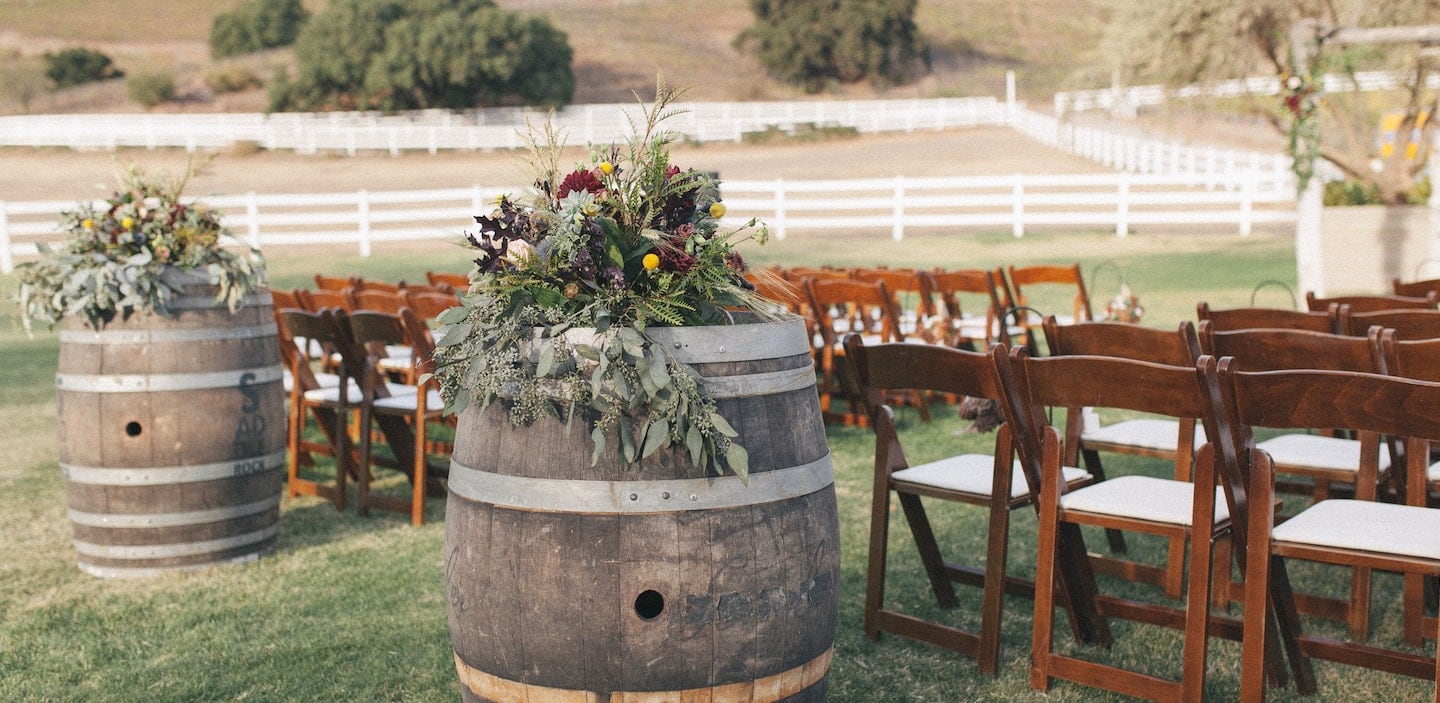When you’re planning an event, something can always go wrong. Hopefully, you’re prepared for things like rain and accidents. However, there’s a whole additional category of potential problems that stem from something totally preventable: poor planning.
On the day of the event, are you 100% sure that all tables and equipment can fit through the doors? That guests can get to the venue, even if they don’t have cars? That the elderly and disabled can easily get between different event sites?
Proper logistical planning prevents issues like the above. In this short guide, we’ll review the steps to event planning logistics so that your entire event goes off without a hitch. Let’s do this.
Consider logistics from the outset
To plan a successful event, begin with a checklist of everything that needs to get done. Break it into categories like the following:
- Setting goals and creating a theme
- Selecting a date and securing a venue
- Working with vendors and subcontractors
- Contingency planning
- Event set-up
As you begin, consider logistics from the outset.
For example, consider logistics when selecting a venue. If your goal is to attract wealthy donors to a charitable cause, make sure the venue is easy for your target audience to access without encountering traffic along the way.
If you’re planning a wedding, make sure you have a plan for transporting guests between the ceremony and reception venues.
Consider the following for each potential venue:
- Accessibility from downtown or hotel accommodations
- Need to hire golf carts, buses, and other forms of transportation
- ADA accommodation compliance
- Venue capacity limitations
Get to know your venue
To ensure smooth event logistics, complete several visits to the venue, taking measurements, and planning for all eventualities.
Start your survey by imagining how guests will get to the venue, and with that number in mind, zoom in on smaller details:
Consider transportation – Can guests easily get to the venue by car or taxi? Are taxis readily available in the geographical area? Can the parking lot realistically accommodate all attendees? If not, prepare to book buses for transport or create an overflow parking lot with transportation to the venue. You may also need to consider valet service, parking attendants, and other event workers.
Check-in and registration – How will guests find their way to the venue from the parking lot? Find places to post signs, or plan to station event workers along the route. Are walkways ADA accessible? How can you create a comfortable waiting area if there is backup or overflow upon guests’ arrival?
Deliveries – Where can items be delivered to the venue? Will someone be there to receive packages and shipments?
Venue measurements – If vendors are bringing specialized equipment or the decorations include oversized items, measure all doorways to ensure each fixture can easily make it in on the day of the event.
Create a map and signs
Guests with mobility limitations—or a simple desire to plan ahead for a busy day—will want to see a map of the entire event venue in advance. For large conferences and trade shows, a map is an asset for attendees, planners, and vendors alike.
Even for smaller events, outlining the building, parking lot, and directions will be greatly appreciated by your client and their guests.
Be sure to clearly mark the following areas:
- Parking lot
- Check-in/registration
- Event sites
- Bathrooms
Create clear signs to help attendees find their way once they arrive at the venue.
Make a schedule for the big day
On the day of your event, it will create chaos if several vendors arrive at the loading dock simultaneously. A timetable can ensure the pieces come together in an orderly fashion.
Break down the day (or weekend) into 30-minute blocks, making it clear when:
- Your venue rental begins
- Signs will be posted
- Each vendor should arrive and unload
- When vendors should complete their setup
- A thorough venue walk-through
- Tech check and mic check
- Event staff will arrive
- Guests will begin arriving
- Bar opens
- Any special events (talks, ceremonies, conventions, panels, performances) begin and end
- Meals and hors d’oeuvres are served
- Event ends
- Each vendor unloads
- Venue rental ends
Protect yourself from liability
Most venues will require proof of event liability insurance, because no matter how carefully you plan, there’s always the chance that something will go wrong.
Event insurance can help provide coverage in the instance of attendee and third-party claims of:
- Property damage
- Bodily injury
- Liability arising from the serving of alcohol
Should you overlook a safety issue with a walkway, an attendee could trip and suffer an injury. Event insurance can help to cover their medical costs, as well as providing you a legal defense (should you be sued).
Likewise, you could knock into a vendor’s sound equipment, damaging it in the process. Event insurance could help in this instance, too.
Keep in mind that even if your business carries a general liability insurance policy, it may not cover the added risks of a large event, especially if you’re serving alcohol.
Short-term event insurance
If you’re planning a personal party or a small business event, you may not want to take out a month-long policy to cover a one-day event. But you shouldn’t just assume everything will go according to plan, you should prepare accordingly.
Sound logistical planning requires that you’re prepared even for unlikely and unforeseen events. After all, any logistical error or oversight on your part could lead to a lawsuit, as well as expensive claims weighed against you. After all, you’re responsible.
Communicate with vendors
For a successful event, keep lines of communication open with each and every vendor or supplier. Caterers, valets, and technical support staff should all have a copy of the venue map and timetable. Confirm and reconfirm that they can arrive at their specified time.
In addition, make sure to check that your vendors have general liability insurance (and, if applicable, event insurance). This can help to reduce your liability in the event that a vendor’s actions lead to attendee or third-party injury or property damage during your event.
Send them Thimble’s way, where they can choose policies by the hour, day, or month.
Expect the unexpected
As an event planner, you’re responsible for countless event logistics. Part of the role is remembering that things can and will go wrong. Nonetheless, you’re there to keep a level head and provide guests with a stellar experience.
As long as you’ve followed the steps above and taken out insurance, you can rest easy that the day will fall into place, whatever happens. Now it’s time for that night to remember!








